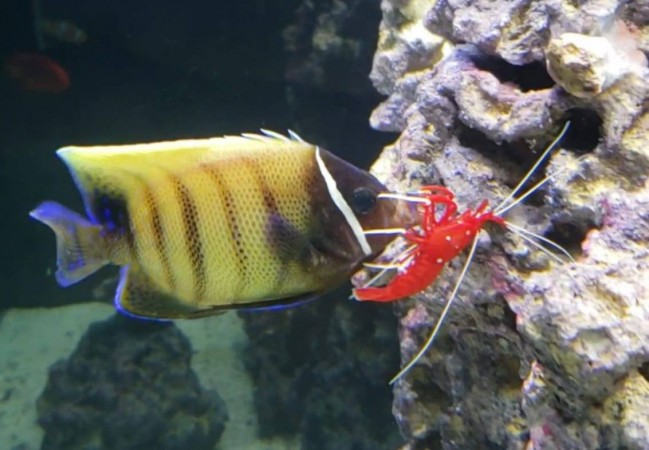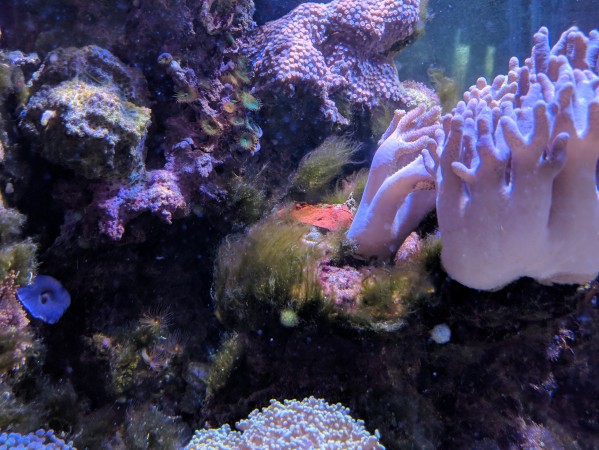- Name:
Trapezia Pocillopora Crab
(View AKA's) - Family: Crustacea
- Species: Crab
- Scientific Name: Trapezia sp


General info about Trapezia Pocillopora Crab
The Trapezia Pocillopora or Acropora Crab is well known for its symbiotic relationship with acropora corals. The crab helps the coral in keeping its branches clean and allowing proper water flow. It feeds on food matter that can be found on the corals. It also guards the coral againts predators and invaders. Higher survival rates and growth rates have been noted in this species. Therefore, it is a good addition to the aquarium. It is of different colors and it can grow up to 1 in.
Trapezia Pocillopora Crab Diet & Nutrition
It is a carnivore mainly subsisting on coral polyps, detritus, and the mucus secreted by corals.
Trapezia Pocillopora Crab Origin
It is native to Indonesia and Maldives.
Caution with Trapezia Pocillopora Crab
Like most invertebrates, the Acropora Carb does not do well if there are large swings in water parameters. They also do not tolerate any types of metal traces in the water, therefore you should never be in contact with any copper medications.
Acclimating Trapezia Pocillopora Crab
Original Detail
| Name | Species | Family | Scientific Name | More Detail | Added by |
|---|---|---|---|---|---|
| Trapezia Pocillopora Crab | Crab | Crustacea | Trapezia sp | The Trapezia Pocillopora or Acropora Crab is well known for its symbiotic relationship with acropora corals. The crab helps the coral in keeping its branches clean and allowing proper water flow. It feeds on food matter that can be found on the corals. It also guards the coral againts predators and invaders. Higher survival rates and growth rates have been noted in this species. Therefore, it is a good addition to the aquarium. It is of different colors and it can grow up to 1 in. |
PalaciosAn |
Changed by users
| Submitted Date | Submitted By | Status | Action |
|---|



